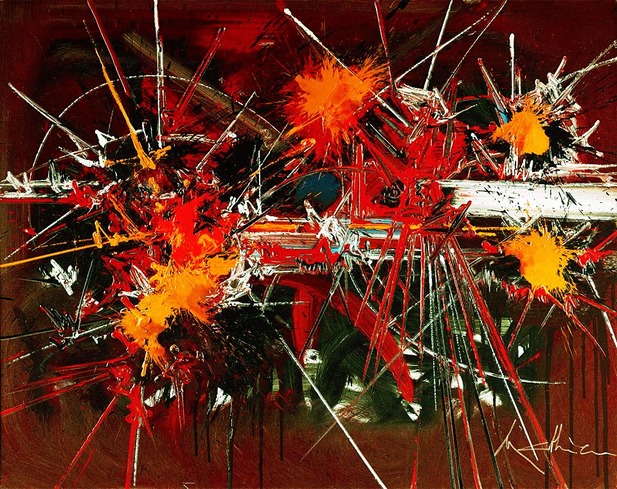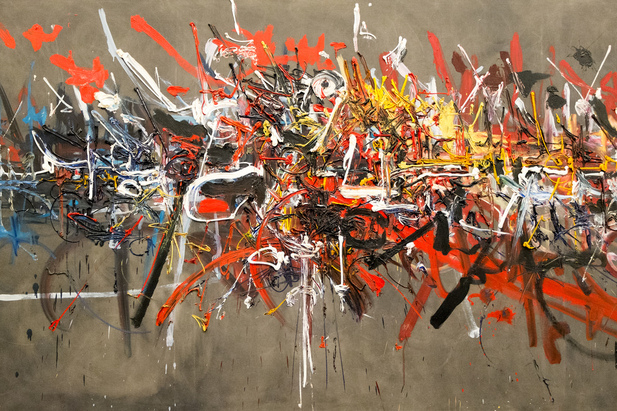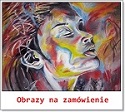Ceramic sculptures Peter Voulkos
«Peter Voulkos (popular name of Panagiotis Voulkos; January 29, 1924 – February 16, 2002) was an American artist of Greek descent. He is known for his abstract expressionist ceramic sculptures, which crossed the traditional divide between ceramic crafts and fine art While his early work was fired in electric and gas kilns, later in his career he primarily fired in the anagama kiln of Peter Callas, who had helped to introduce Japanese wood firing aesthetics in the United States.
He was born as Panagiotis Harry Voulkos, the third of five children to Greek immigrant parents,Aristovoulos I. Voulkopoulos, anglicized and shortened to Harry (Aris) John Voulkos and Effrosyni (Efrosine) Peter Voulalas, in Bozeman, Montana.
After serving in the United States Army during the Second World War, Voulkos studied painting and printmaking at Montana State College, in Bozeman (now Montana State University), where he was also introduced to ceramics; Frances Senska, who established the ceramic arts program there around that time, was his teacher.He subsequently earned an MFA degree in ceramics from the California College of the Arts and Crafts, in Oakland. Afterwards he returned to Bozeman, and began his career in a pottery business with classmate Rudy Autio, producing functional dinnerware.
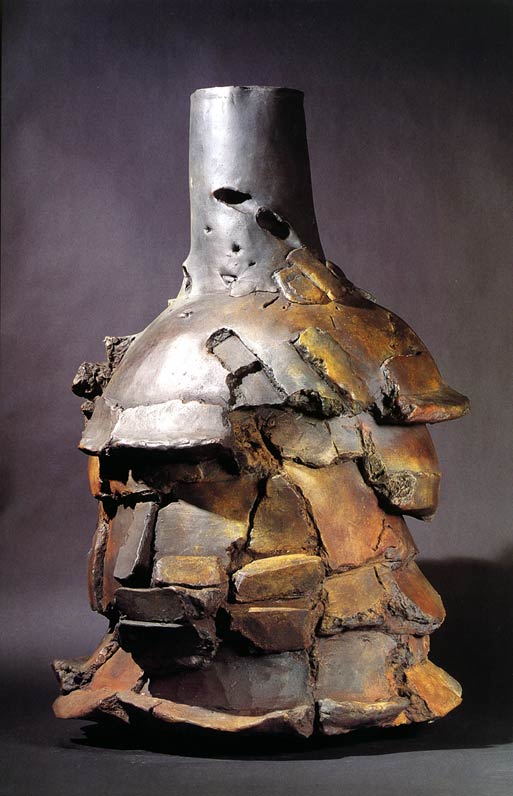
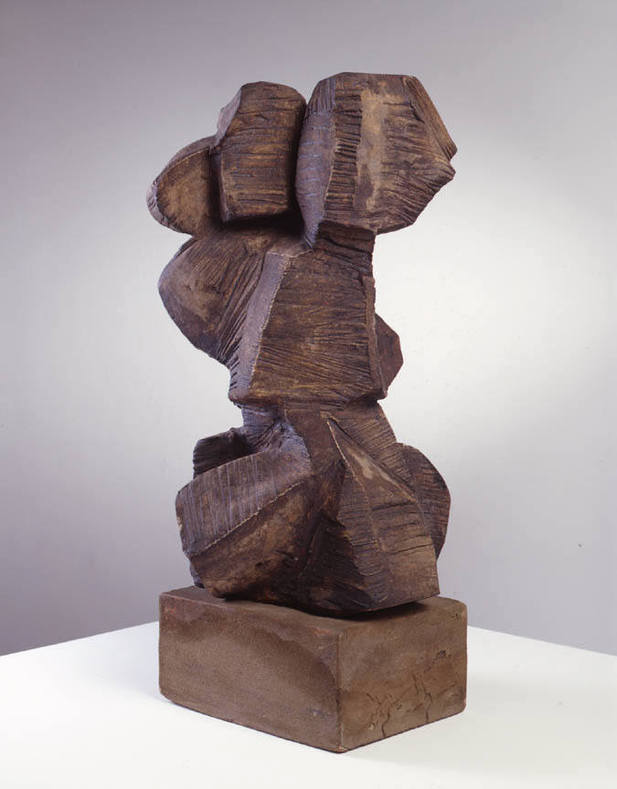


In 1954, after founding the art ceramics department at the Otis College of Art and Design, called the Los Angeles County Art Institute, his work rapidly became abstract and sculptural.
He moved to the University of California, Berkeley, in 1959, where he also founded the ceramics program, within the department of design and decorative arts. He became a full professor there in 1967,and continued to teach until 1985.Among his students were many ceramic artists who became well known in their own right.Voulkos's sculptures are known for their visual weight, their freely-formed construction and their aggressive and energetic decoration. During shaping he would vigorously tear, pound, and gouge their surfaces. At some points in his career, he cast sculptures in bronze; and in early periods his ceramic works were glazed or painted and/or finished with painted brushstrokes. In 1979 he was introduced to the use of wood firing in anagama kilns by Peter Callas, who became his collaborator for the next 23 years. Most of Voulkos's late work was wood-fired in Callas's anagama, which was located at first in Piermont, New York, and later, in Belvidere, New Jersey. This unique partnership, and the resulting work, is considered by many curators and collectors to be the most exuberant period of Voulkos's career.Wikipedia

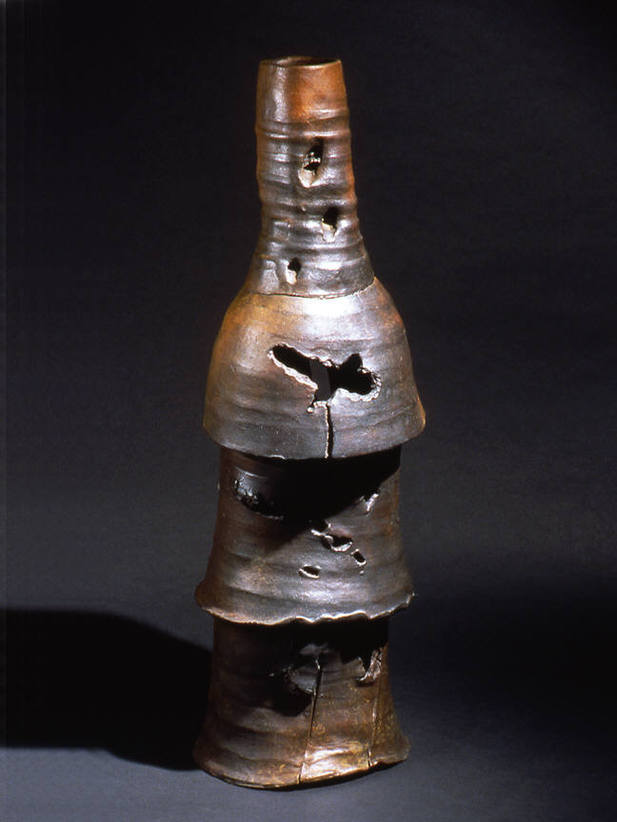


Avant Garde Art Bengt Lindström
Bengt Karl Erik Lindström (September 3, 1925, Berg Municipality — January 29, 2008) was a Swedish artist. Lindström was one of Sweden's best known contemporary artists with a characteristic style of distinct colors, often including contorted faces.
Lindström was born in 1925 at Storsjö kapell, Härjedalen, Sweden. In 1944, he moved to Stockholm to study under the Swedish painter Isaac Grünewald. In 1948, he moved to Paris, where studied under the French painters André Lhote and Fernand Léger. He remained in France at Savigny sur Orge for the rest of his artistic career
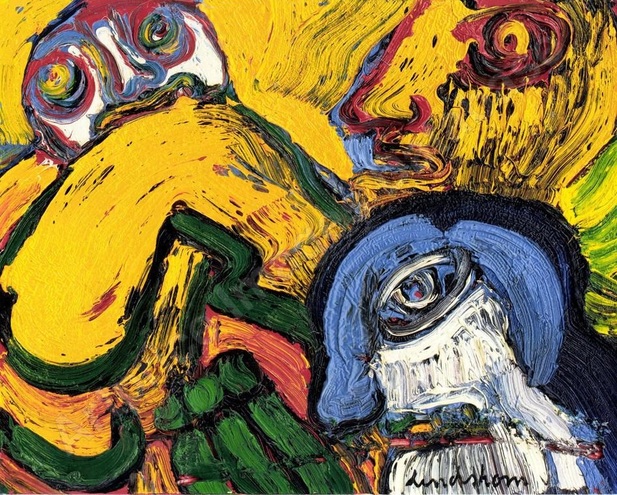
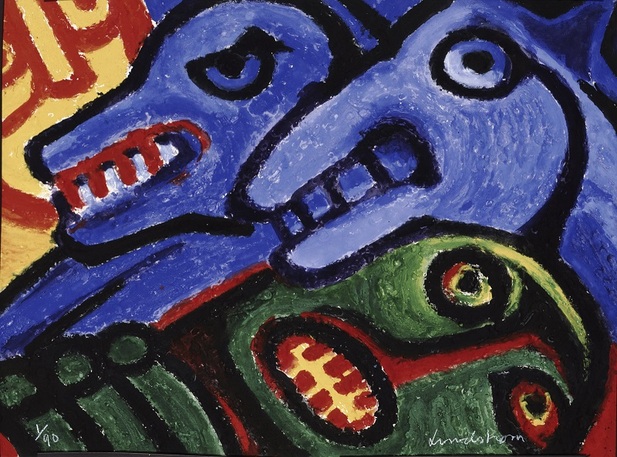

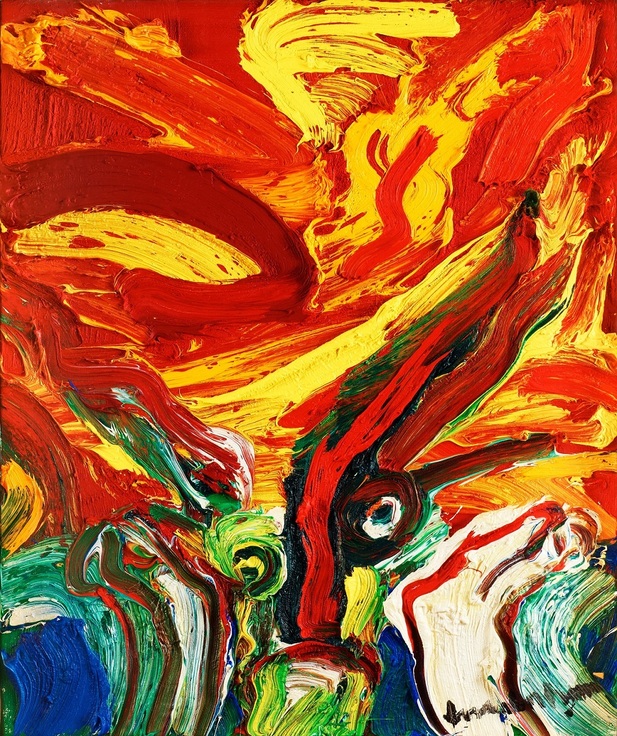
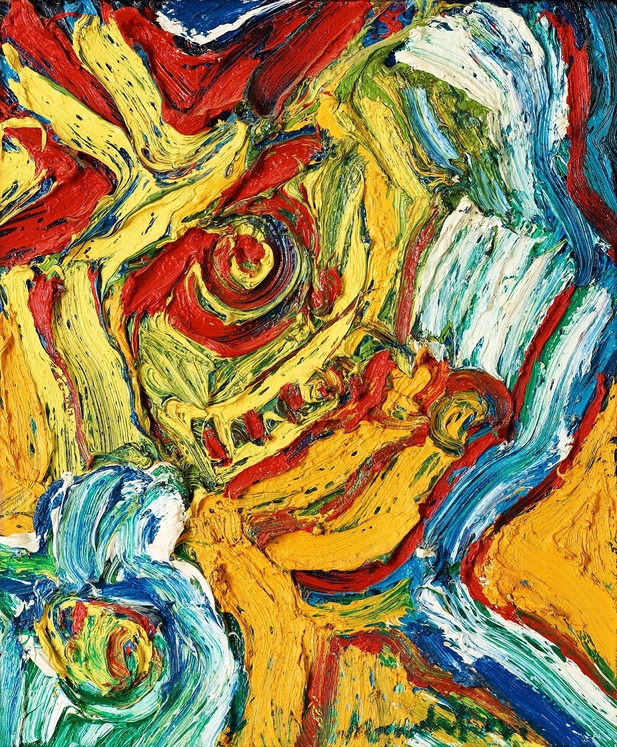
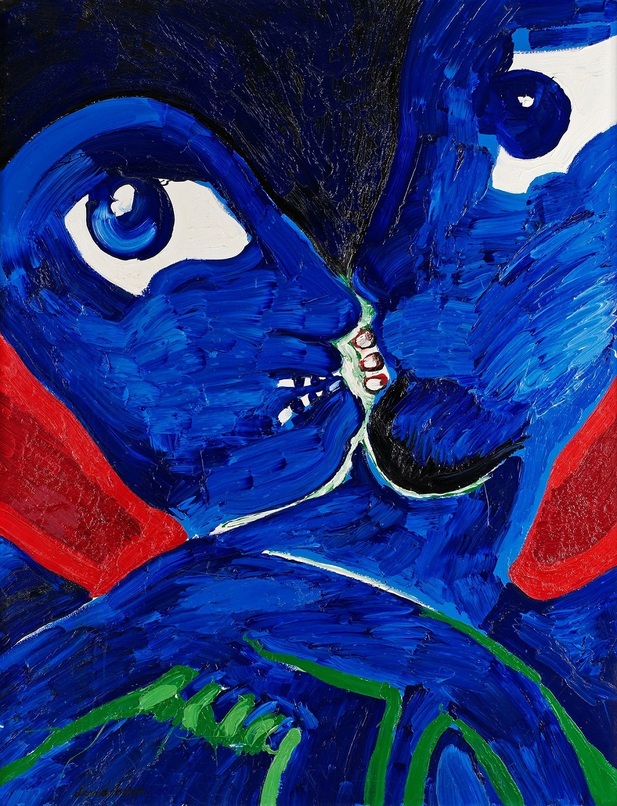
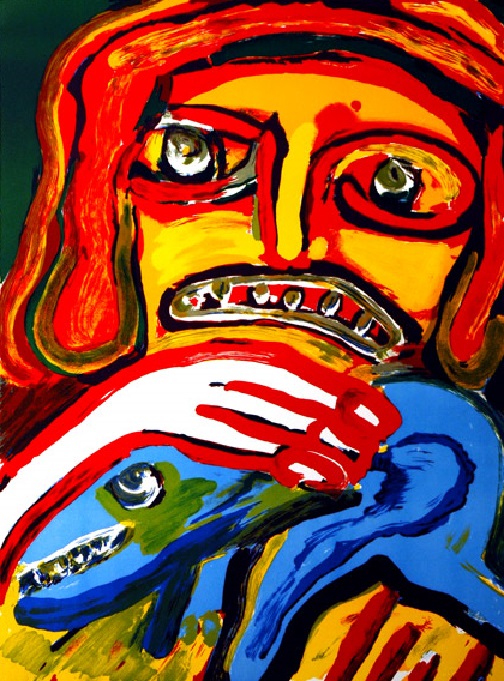

Visual art Frederick Sommer
Frederick Sommer (September 7, 1905 – January 23, 1999), was an artist born in Angri, Italy and raised in Brazil. He earned a M.A. degree in Landscape Architecture (1927) from Cornell University where he met Frances Elisabeth Watson (September 20, 1904 – April 10, 1999) whom he married in 1928; they had no children. The Sommers moved to Tucson, Arizona in 1931 and then Prescott, Arizona in 1935. Sommer became a naturalized citizen of the United States on November 18, 1939.
Considered a master photographer, Sommer first experimented with photography in 1931 after being diagnosed with tuberculosis the year prior. Early works on paper (starting in 1931) include watercolors, and evolve to pen-and-ink or brush plus drawings of visually composed musical score. Concurrent to the works on paper, Sommer started to seriously explore the artistic possibilities of photography in 1938 when he acquired an 8×10 Century Universal Camera, eventually encompassing the genres of still life (chicken parts and assemblage), horizonless landscapes, jarred subjects, cut-paper, cliché-verre negatives and nudes. According to art critic Robert C. Morgan, Sommer's «most extravagant, subtle, majestic, and impressive photographs—comparable in many ways to the views of Yosemite Valley’s El Capitan and Half Dome by Ansel Adams—were Sommer’s seemingly infinite desert landscapes, some of which he referred to as 'constellations.'»
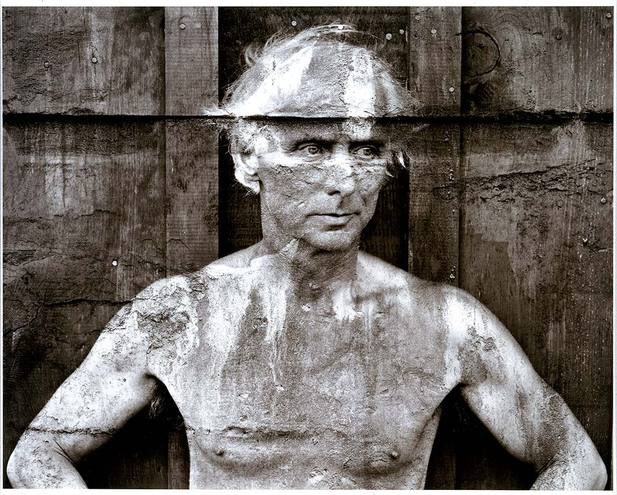
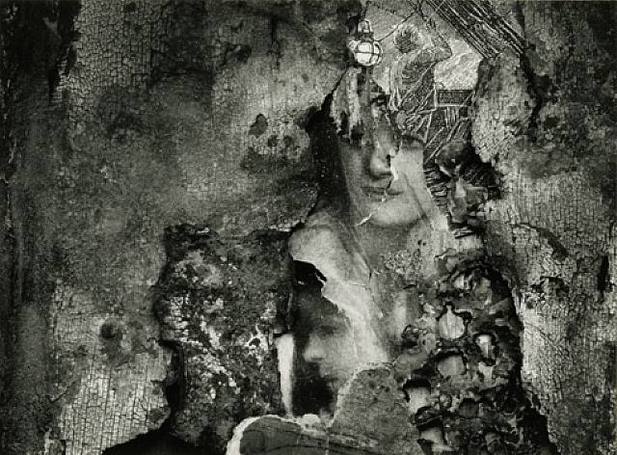


The last artistic body of work Sommer produced (1989–1999) was collage based largely on anatomical illustrations.
Frederick Sommer had significant artistic relationships with Edward Weston, Max Ernst, Aaron Siskind, Richard Nickel, Minor White, and others. His archive (of negatives and correspondence) was part of founding the Center for Creative Photography in 1975 along with Ansel Adams, Harry Callahan, Wynn Bullock, and Aaron Siskind. He taught briefly at Prescott College during the late 60s and substituted for Harry Callahan at IIT Institute of Design in 1957–1958 and later at the Rhode Island School of Design.
Bruce Silverstein Gallery is the New York representative of the Frederick & Frances Sommer Foundation.Wikipedia

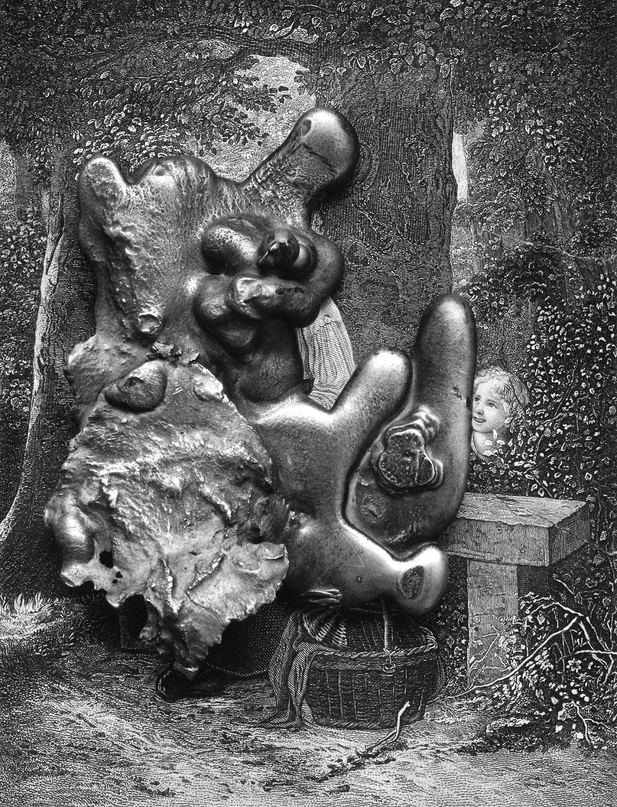
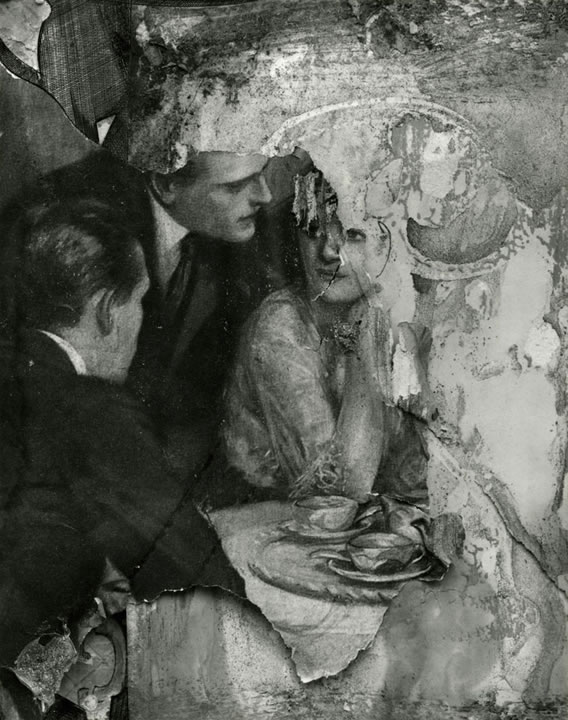
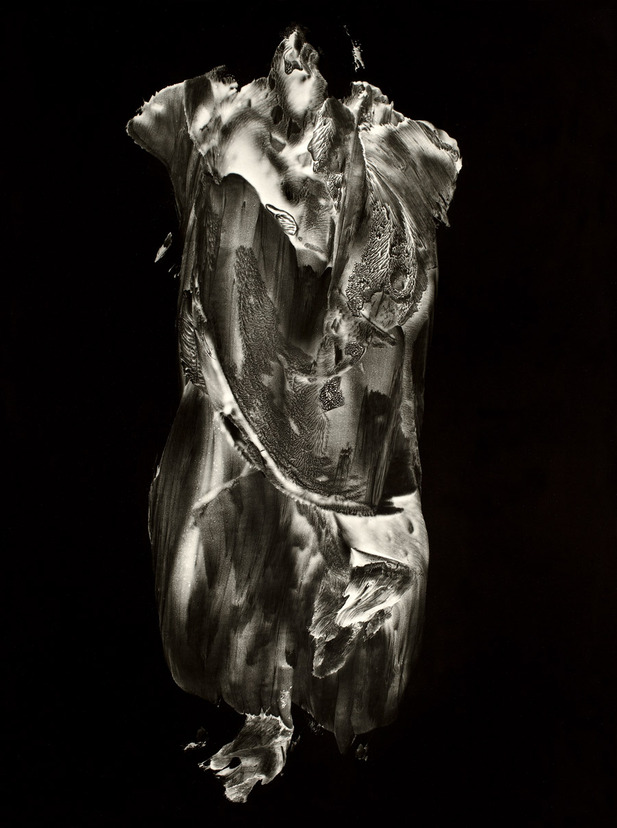
M'hamed Issiakhem - the founders of the modern Algerian painting.
«M'hamed Issiakhem (1928–1985) (in Kabyle:Muḥand Isyaxem) is one of the founders of the modern Algerian painting.
M'hamed Issiakhem born on 17 in Tizi Ouzou (Algeria). In 1931 his family moved to Relizane where he spent most of his childhood. In 1943 he handled a stolen grenade, from a French military camp, which exploded. Two sisters and a nephew of his died. Hospitalized for two years, he lost his left arm. Between 1947 and 1951 he was in the Student Society of Fine Arts at the School of Fine Arts of Algiers and followed the courses of miniaturiste Omar Racim. Between 1953 and 1958 he attended the Ecole des Beaux-Arts de Paris. Issiakhem in 1958 left France to Germany, and then to East Germany where he had been established until the Algerian independence.
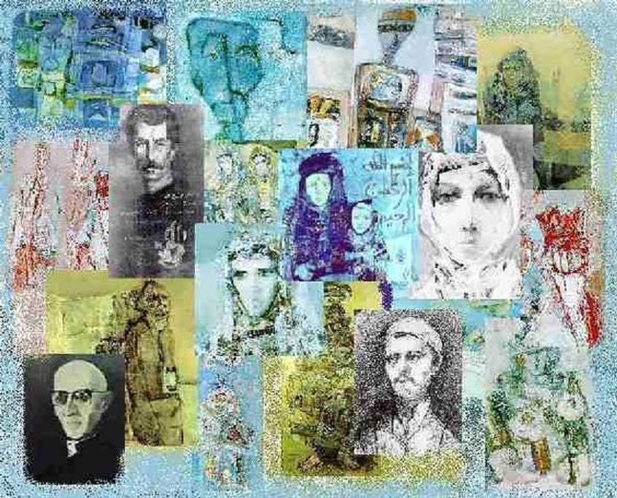

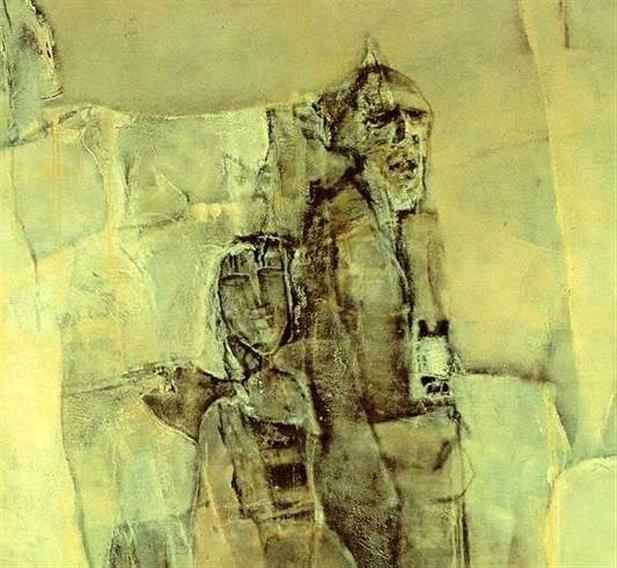

In 1962, Issiakhem returned to Algeria, where he was the cartoonist of the daily Alger Republicain. In 1963 he was one of the founding member of the National Union of Plastic Arts. From 1964 to 1966 he was head of painting workshop at the School of Fine Arts in Algiers, counting among his pupils Ksenia Milicevic, then director at the Ecole des Beaux-Arts of Oran.
From 1965 to 1982 he created models of the Algerian bank notes as well as many Algerians stamps.
He traveled to Vietnam in 1972 and in 1973 received a gold medal at the International Fair of Algiers for his work on the stand of the Ministry of Labour and Social Affairs.
From 1973 to 1978 Issiakhem returned to caricatures. In 1977 he ran the realization of a fresco at the Algiers Airport. The Ministry of Labour and Social Affairs published a brochure in Algiers which Kateb Yacine wrote the preface under the titleIssiakhem's lynx Eyes and Americans, thirty-five years of hell of a painter. Issiakhem received in 1980 the first Golden Lion of Rome, of the UNESCO for African Art. He died on1 following a long illness.»
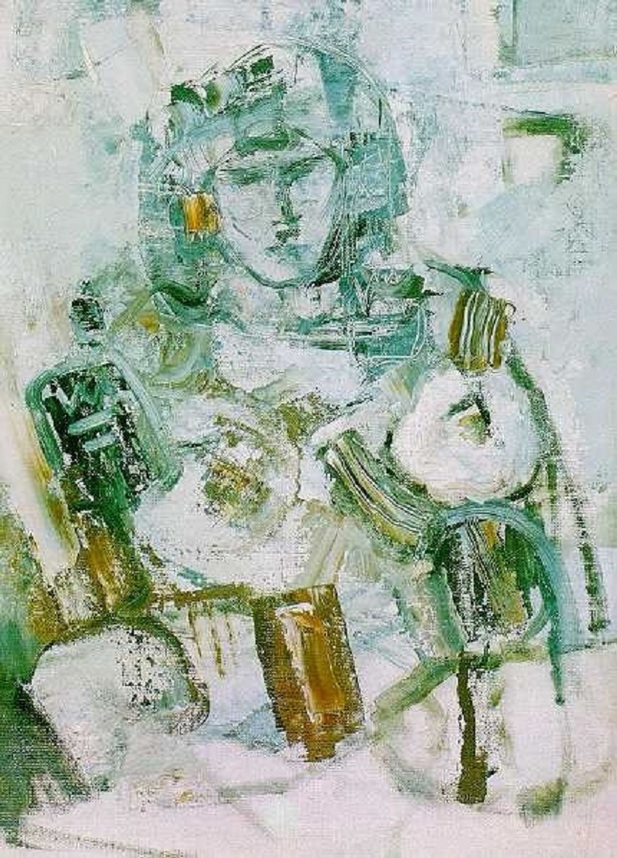


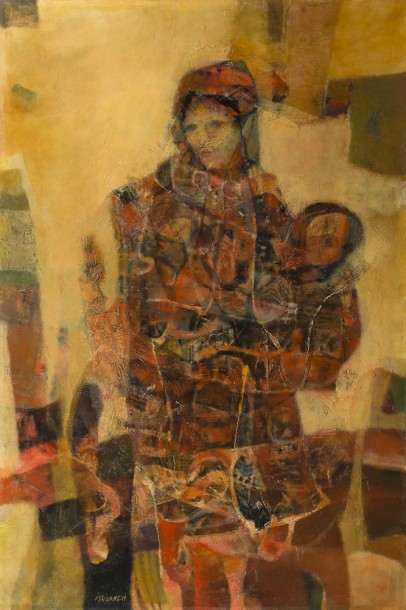
John Bellany - avant-garde painter
John Bellany (18 June 1942 – 28 August 2013) was a Scottish painter.
Bellany was born in Port Seton. His father and grandfather were fishermen in Port Seton and Eyemouth near Edinburgh.
During the early 1960s, he studied at Edinburgh College of Art, here he met with other young Scottish artists to begin lifelong friendships and share ideals for a renaissance in Scottish arts. His contemporaries included Alan Bold and Alexander Moffat. Bellany and Moffat studied under Robin Phillipson. Their initial interest was in impressionism but with their common Scottish ancestry they looked toward Alan Davie as a connection to a greater but more accessible artistic world.
After his studies at Edinburgh, Bellany achieved a major travelling scholarship and traveled around Europe discovering how the traditions of the great northern European masters could be connected to his own Scottish experience. After this he would marry Helen Percy and move to attend the Royal College of Art in London.
In 1967 he was invited to a trip to East Germany. In Dresden he viewed Otto Dix's War triptych
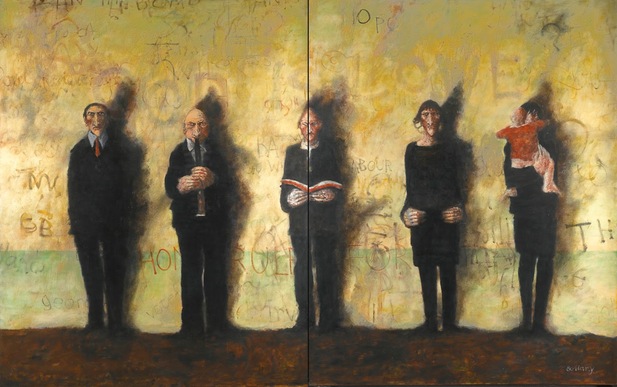
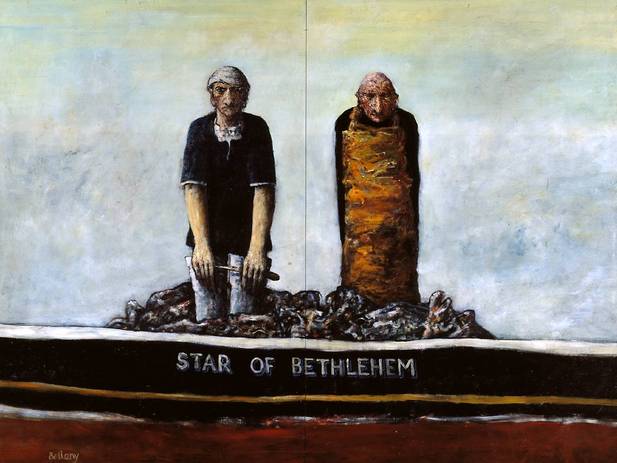
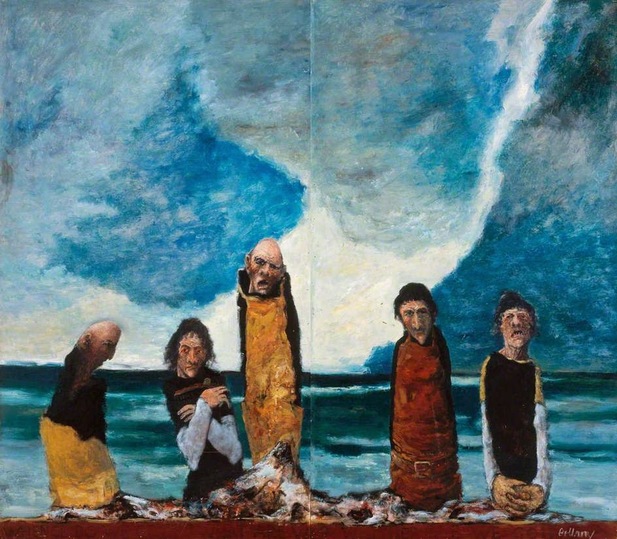
In 1968 Bellany graduated and his diploma show was hailed as great success. Many of the paintings from this and the earlier periods are now in public institutions as well as various national galleries. After graduation, Bellany was offered a teaching position at the Edinburgh College of Art but he carried on as a working artist and flit between various teaching jobs at different art colleges.
He was elected to The London Group in 1973
When in 1974 he separated from his wife his art appears to take on a darker tone. The symbolism increases and it seems as though each picture can have a whole narrative of symbols within it, increasingly the pictures become wilder and wilder tending more to expressionism, at this point he suffered a nervous breakdown and returned to Port Seton for recuperation.



In 1986, he remarried his first wife Helen. The liver disease was becoming unmanageable and by the end of 1987 it was clear death was near.
In 1988 Bellany was operated on for a then relatively new liver transplant procedure, this also inspired works.Carried out at Addenbrooke's hospital in Cambridge by Sir Roy Calne, Bellany not only survived but started to paint within hours of the operation — first producing a portrait of the nurse caring for him, then going on to produce a set of pictures known as the Addenbrooke's series.
Bellany received an Honorary Doctorate from Heriot-Watt University in 1998
In 2003 Damien Hirst came out as an admirer of Bellany and bought several of his works as well as praising him as one of the major painters of the twentieth century.In 2005 he suffered a heart attack. He died in 2013.Wikipedia

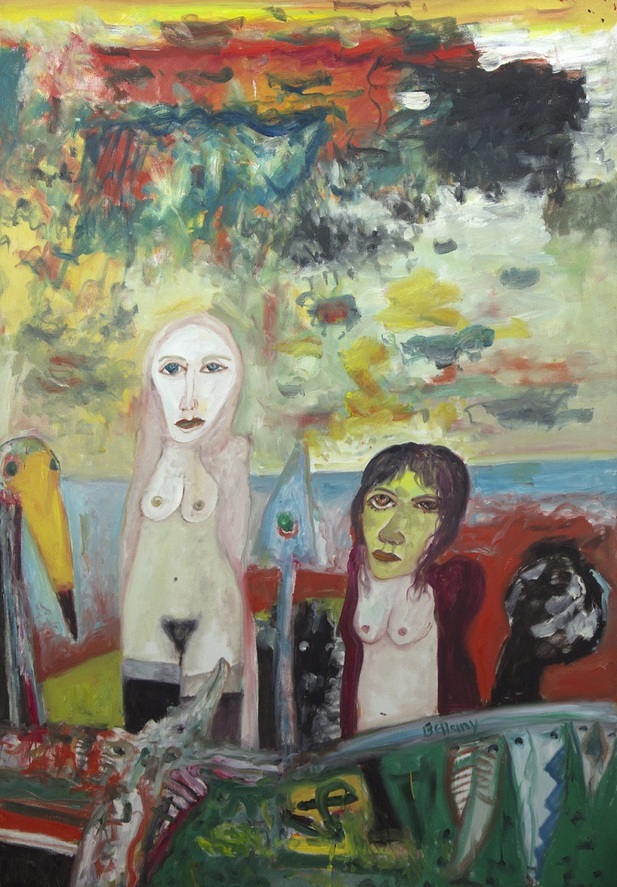
Lucas Sithole - South African artist
Lucas Sithole (1931-1994) was a South African sculptor best known for his work in mainly indigenous woods, as well as for his sculptures in bronze, stone and other media.
He was born on 15 November 1931, in Springs, Transvaal, Republic of South Africa; he died on 8 May 1994, in Pongola Transvaal, Republic of South Africa. Born of a Zulu father and a Swazi mother; he was married, had seven children. He lived in Kwa-Thema, Springs, Transvaal, until 1981, thereafter near Pongola on the Swaziland/Mozambique border. He never travelled beyond the South African borders, except to Lesotho, Namibia and Swaziland
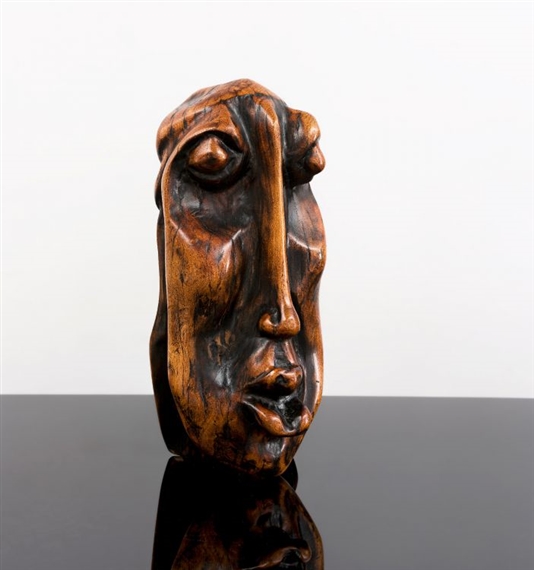
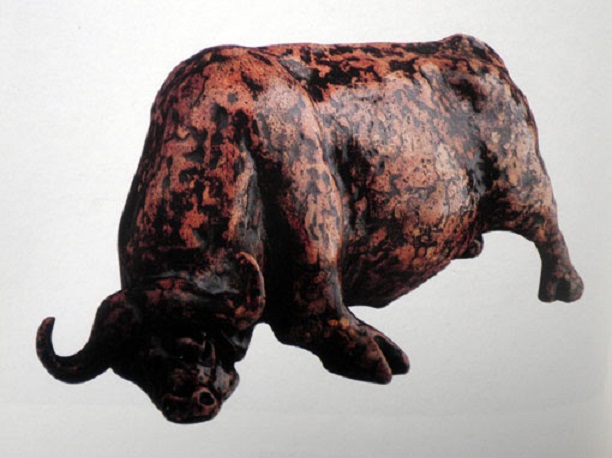
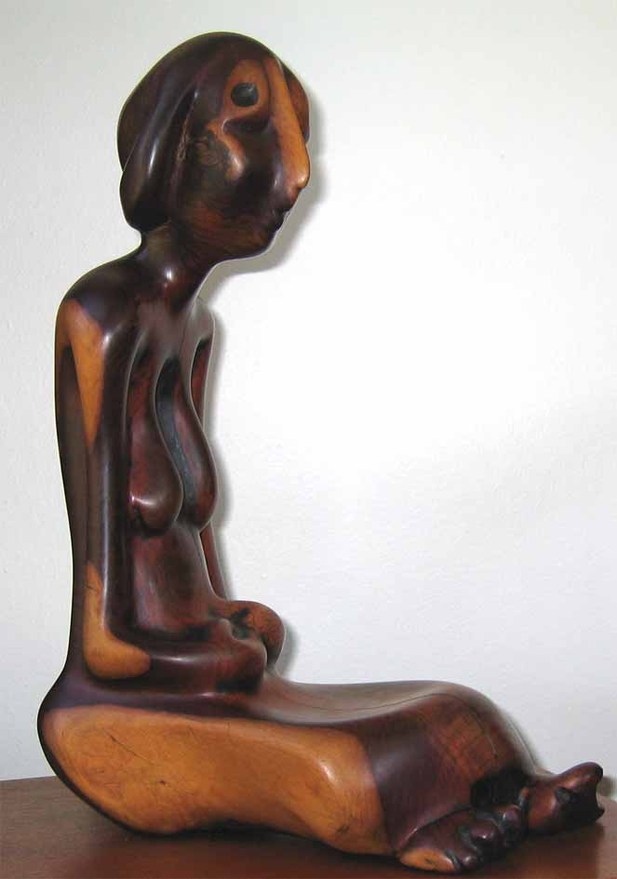

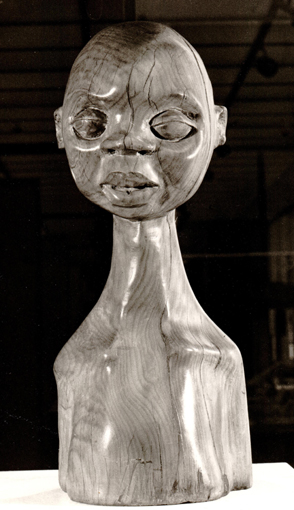
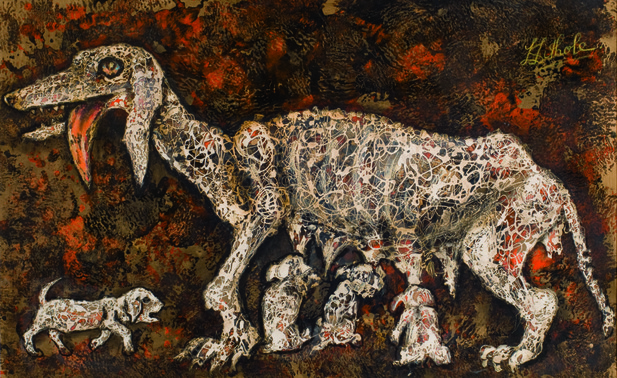
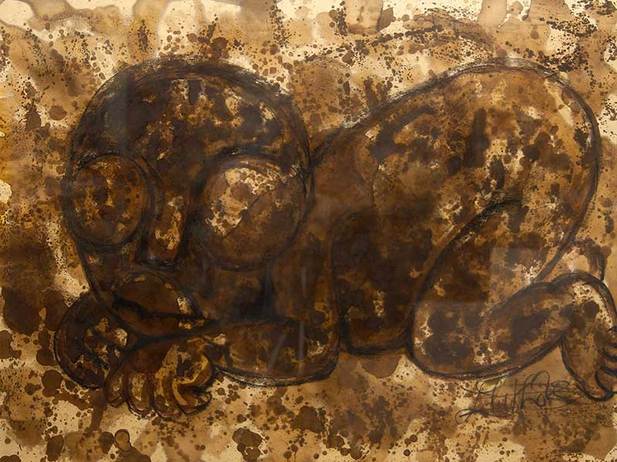
Avant-garde fashion designer Yohji Yamamoto
«Yohji Yamamoto ( born 1943[1]) is an influential Japanese fashion designer based in Tokyo and Paris. Considered a master tailor alongside those such as Madeleine Vionnet, he is known for his avant-garde tailoring featuring Japanese design aesthetics.
Yamamoto has won notable awards for his contributions to fashion, including the Chevalier of Ordre des Arts et des Lettres,Medal of Honor with Purple Ribbon, the Ordre national du Mérite, the Royal Designer for Industry and the Master of Design award by Fashion Group International
Born in Tokyo, Yamamoto graduated from Keio University with a degree in law in 1966. He gave up a prospective legal career to assist his mother in her dressmaking business, from where he learned his tailoring skills. He further studied fashion design at Bunka Fashion College, getting a degree in 1969. Yamamoto debuted in Paris in 1981. In an interview with the New York Times in 1983, Yamamoto said of his designs, „'I think that my men's clothes look as good on women as my women's clothing […] When I started designing, I wanted to make men's clothes for women.“ More recently he has expounded: “When I started making clothes for my line Y’s in 1977, all I wanted was for women to wear men’s clothes. I jumped on the idea of designing coats for women. It meant something to me – the idea of a coat guarding and hiding a woman’s body. I wanted to protect the woman’s body from something – maybe from men’s eyes or a cold wind.” His commercially successful main line, Yohji Yamamoto (women/men) and Y's, are especially popular in Tokyo. These two lines are also available at his flagship stores in New York, Paris, and Antwerp, and at high-end department stores worldwide. Other principal lines include Pour Homme, Costume d'Homme, and the diffusion line Coming Soon. Yohji Yamamoto Inc. reported in 2007 that the sales of Yamamoto's two main lines average above $100 million annually.
Yamamoto is known for an avant-garde spirit in his clothing, frequently creating designs far removed from current trends. His signature oversized silhouettes often feature drapery in varying textures. Yohji' collections are predominately made in black, a colour which Yamamoto has described as “modest and arrogant at the same time. Black is lazy and easy — but mysterious. But above all black says this: „I don’t bother you — don’t bother me Yamamoto's work has also become familiar to consumers through his collaborations with other fashion brands, including Adidas (Y-3), Hermès, Mikimoto and Mandarina Duck; and with artists of different genres, such as Tina Turner, Sir Elton John, Placebo, Takeshi Kitano, Pina Bausch and Heiner Müller......“
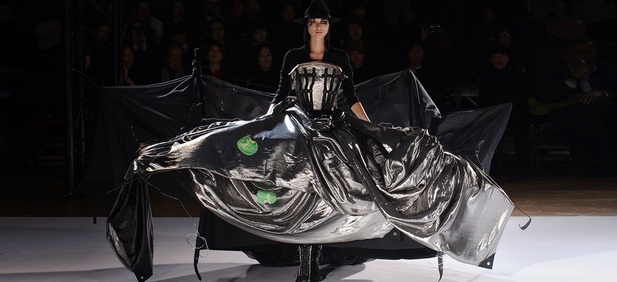

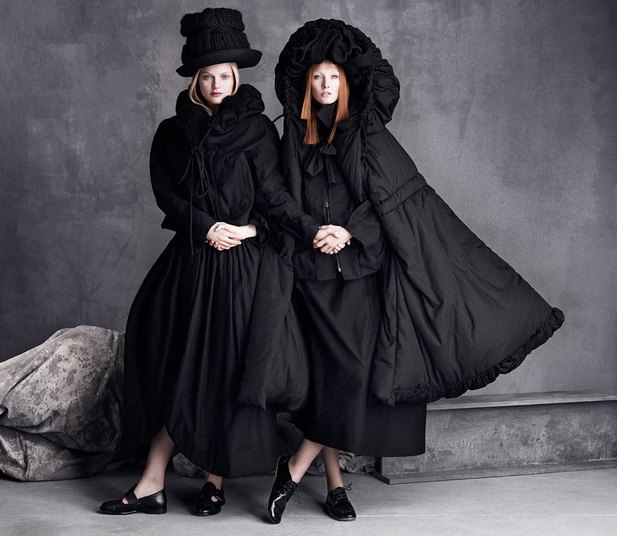



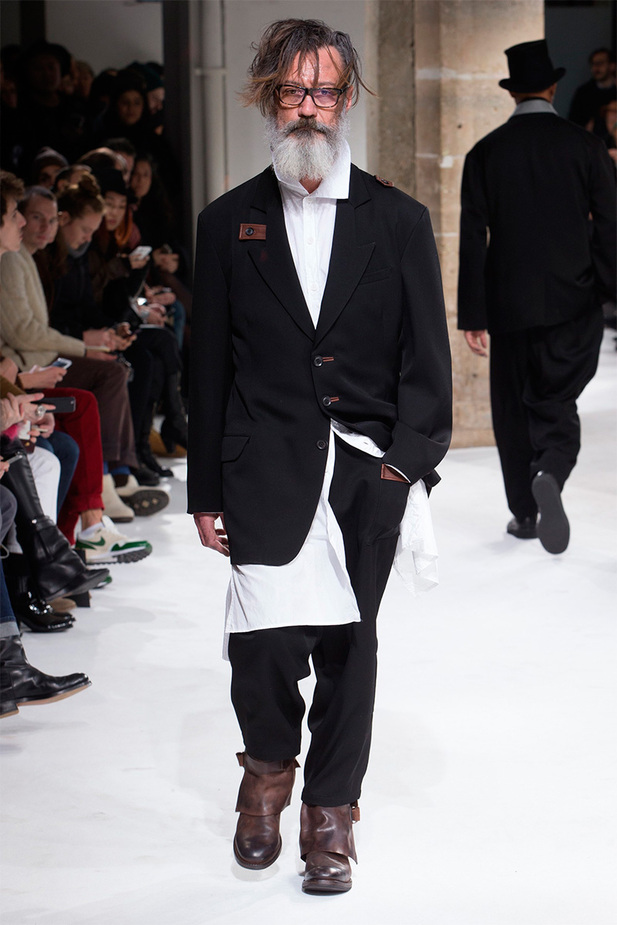
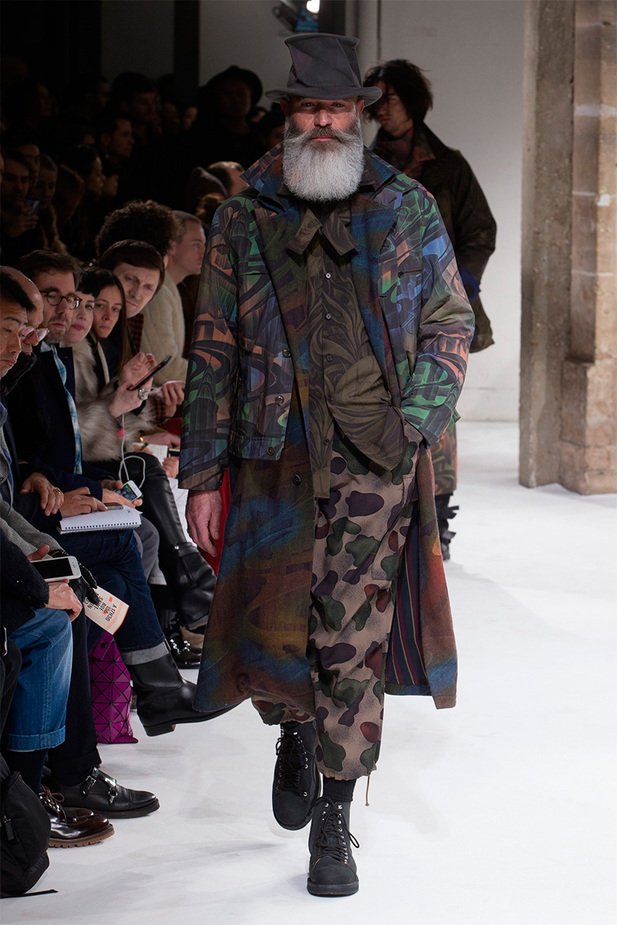
Abstract expressionism Georges Mathieu
«Georges Mathieu (27 January 1921 Boulogne-sur-Mer – 10 June 2012 Boulogne-Billancourt) was a French abstract painter, art theorist and member of the Académie des Beaux-Arts in Paris. He is considered one of the fathers of European lyrical abstraction, a trend of informalism.Mathieu was born in 1921 in Boulogne-sur-Mer. His father Adolphe Georges Mathieu, bank manager at Barclays, and his mother Madeleine Durpé, who taught him drawing as a child, lived besides the ramparts of the city, 38 boulevard du Prince Albert. In 1933 Mathieu's parents divorced and he was placed in the care of his aunt in Versailles.
From 1927 to 1933, he followed his scholarship in various schools of Boulogne-sur-Mer and later in Lycée Hoche in Versailles. Thereafter, he studied English and Law at the University of Lille.
Mathieu obtained a position as an English teacher in 1942 at the lycée of Douai in the north of France. During the following years, he held several jobs serving as an interpreter for the American Army in Cambrai in 1944, teaching in the American University of Biarritz and in Istres during years 1945-46. In 1942, he executed figurative paintings of England from postcards as a hobby (Oxford Street By Night). Later during year 1944, he began his reflection on aesthetics held by the following concept: painting does not need to represent to exist. This revelation originates from the readings of Edward Crankshaw and his interpretation of the work of Joseph Conrad as an abstract literature. Consequently, he executed his first non-figurative painting, Inception.In 1947, he settled in Paris, employed the American Express, and rented a chambre de bonne near the Luxembourg Palace.
Mathieu then worked for the United States Lines in charge of public relations on the line between New York City and Le Havre: his function was to welcome and accompany the travelers during their move between Le Havre and Paris. This position was an opportunity for Mathieu to reach a prestigious clientele, and form his first network of potential customers. He meets Salvador Dalí for the first time on his occasion.
From 1953 to 1963, he was proposed to be the editor-in-chief of the United States Lines Paris Revue. With a print run of 15000 copies, this yearly journal is distributed for free until 1963: it gave Mathieu the opportunity to interview celebrities of the time, from the artistic.In 1946, his first abstract paintings were featured at the Salon des moins de 30 ans exhibition in Paris. He founded the first artistic group L’Imaginaire with Wols, Jean-Michel Atlan, Hartung, Bryen, Riopelle and exposes with fourteen painters at the Galerie du Luxembourg on 16 December 1947. The exhibition was called Towards Lyrical Abstraction, but the title was later changed because of the presence of works of Pablo Picasso and Jean Arp.[3] The same year, he exposes at the Salon des Réalités Nouvelles and at the Salon des Surindépendants.
The group is later expanded, with Michel Tapié, Picabia and François Stahly to form H.W.P.S.M.T.B., exposing at the Galerie Allendy. He promoted an art free from the constraints of figurative paintings and defining the concept of Lyrical Abstraction.
In 1948, he put in place the first confrontation between American and French avant-garde painters: on this occasion he revealed the importance of the American abstraction of Jackson Pollock and Alton Tobey to the French audience.
He painted his first large canvases as soon as 1952.
From 1957 he traveled and painted in Japan, USA and in 1959 in Brazil, Argentina and Middle-East. Restropectives of his work started as early as 1959.
Mathieu and Simon Hantaï held a series of conferences called the Cérémonies commémoratives de la seconde condamnation de Siger de Brabant in 1957. During three weeks, various debates questioned the foundations of western civilisations, the role of the great men and revolutions that shaped the western culture from the Edict of Milan in 313 up to the contemporary breakthroughs in physics and philosophy. Many scholars like essayist T.S. Eliot, philosopher Stéphane Lupasco and scientists took a stand at these conferences. The event was named after the philosopher Siger de Brabant, who played a key role in the 13th-century.
In 1965, Mathieu exposed a hundred paintings at the Galerie Charpentier. He executed for this event Paris, Capitale des Arts, a giant canvas featuring primary colors on a blue background. Today, Galerie Charpentier's walls house the headquarters of Sotheby's France, rue Faubourg Saint-Honoré in Paris.
A great retrospective at the Grand Palais opened in 1978 and covered the fifteen last years of his production. Seven six meters wide paintings, executed from January to March 1978, were made especially for the occasion.
He received the Legion of Honour and is Commander of Arts and Letters. Mathieu’s works now appears worldwide in more than 90 museums»
